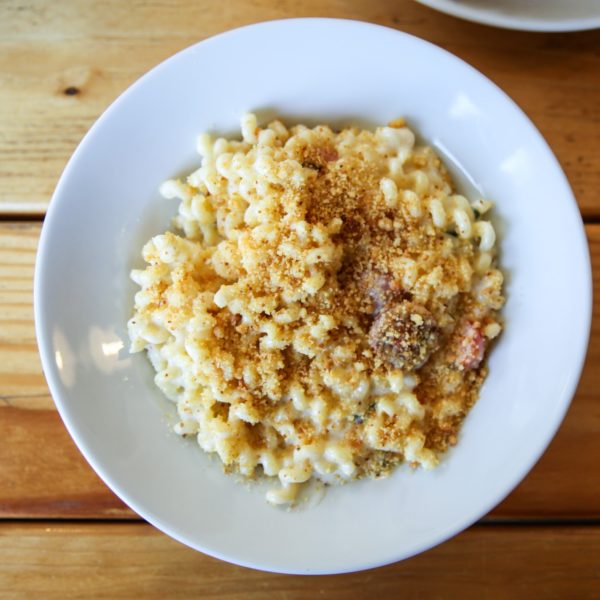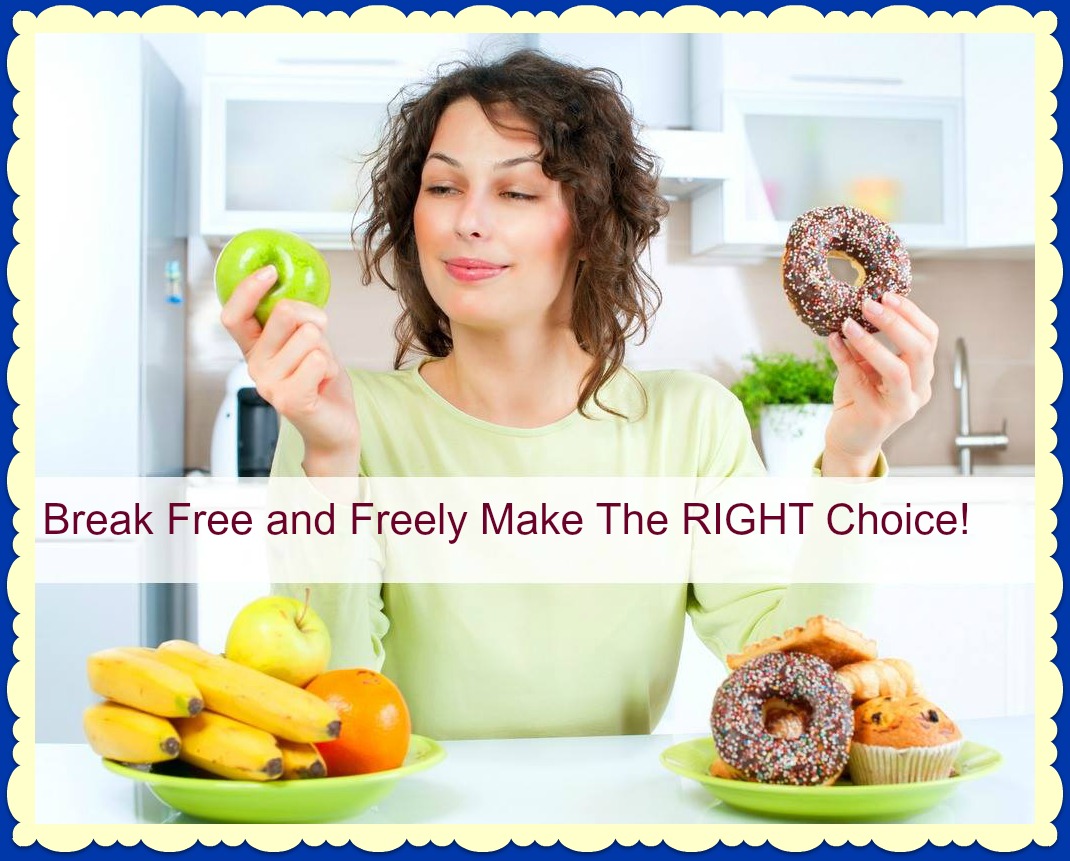It’s an all-too-common scenario:
 You wake up in the morning swearing today’s the day when you’ll eat clean, nourish yourself with a healthy breakfast at home, and pass up the bagels, pastries & sugar laden cereal that tempt you every day. You make it to work without incident and then stress hits-any kind of stress, from a new project deadline to a caustic remark from your boss. A little while later, you find yourself with pastries in hand, wolfing down sugary anesthetics and wanting more. When you finally come out of your food trance, and the reality of what you’ve done begins to settle in, the ensuing feelings of shame and guilt stoke your stress levels more and you’re already plotting your next food fix. You wonder: Why do I keep caving to these cravings? Where’s my discipline and willpower?
You wake up in the morning swearing today’s the day when you’ll eat clean, nourish yourself with a healthy breakfast at home, and pass up the bagels, pastries & sugar laden cereal that tempt you every day. You make it to work without incident and then stress hits-any kind of stress, from a new project deadline to a caustic remark from your boss. A little while later, you find yourself with pastries in hand, wolfing down sugary anesthetics and wanting more. When you finally come out of your food trance, and the reality of what you’ve done begins to settle in, the ensuing feelings of shame and guilt stoke your stress levels more and you’re already plotting your next food fix. You wonder: Why do I keep caving to these cravings? Where’s my discipline and willpower?

It may be hard to believe that you can be addicted to something that you need, but mark my words, food addiction is very common and complex. You see when someone is addicted to drugs, alcohol, etc it is possible to ‘recover’ through non use (a difficult process without question). But when you are addicted to food? Well, we all need food, so what to do?
The truth is your brain is addicted to food! There are areas in your brain that create the food addiction. It may be that you fell as a child and damaged a specific area (nope, you may not even remember). It also can be the foods that you are eating. You see the food industry is pretty smart and they know what to put in their foods to keep you coming back.
What to do to beat Food Addiction?
1) Well, quite frankly call me or join my next group program “Transform Your Holidays Into Healthy”. My studies with Dr. Daniel Amen, M.D. allow me to discover exactly what area of your brain is under or over active. Once we determine this, then we can create the steps to move toward a ‘non-addicted’ brain and create freedom with your foods and your life!
2) Learn the difference between your actual needs (staples) from desires (treats). When we give our brain what it really needs, ie Whole Foods we can make better decisions to reduce the foods we crave and hold us hostage to addiction.
3) Rein in your control center. As I stated, the food industry has created foods that actually have a name called ‘hyper-palatable’. When hyper-palatable’s compete with natural foods, your brain’s reward center, which secretes the pleasure chemical dopamine, gets hijacked. Insulin levels go up and push you to want more and more. No longer can that bowl of fresh berries compete with the climatic rewards of a Pop-Tart or a chocolate-coated breakfast bar. An occasional treat, such as a birthday dessert, also leads to a dopamine rush, but then your brain settles down to more normal levels of dopamine. But when you can get your hands on hyper-palatable foods 24/7 and you start the day with that sugary/fatty/salty pastry and grande sugary coffee drink, you end up with an endless appetite for more.
4) Recognize the “Food Addiction” After constant exposure and consumption of these hyper-palatable’s, your brain actually changes. It cannot tolerate this level of hyper-stimulation. As a result, it decreases the number of dopamine receptors so that you no longer feel it as over stimulation. That’s the good news. The bad news is that by doing this, your typical serving of food is no longer as rewarding. You find yourself not feeling as pleased and satiated. You know the end result. Not satisfied, you end up with second and third and fourth portions, packing on weight along the way. (This is the same process a chemically addicted brain goes through by the way!) But wait, there’s more: At the same time your reward center is being altered and confiscated, the brain’s CEO, the pre-frontal cortex (tap your forehead and that’s where the PFC is located), is becoming damaged and impaired. The PFC can no longer help you rein in impulses or stay focused and vigilant. That’s why, when someone is in full-on addictive mode, moderation is a moot point. Revolutionary and groundbreaking new studies funded by the National Institutes of Health, along with work by Dr. Daniel Amen have shown that the brain scans of food addicts show the same changes and damage as those of a cocaine user. And, a scary fact, research also shows that table sugar (sucrose) is more addictive than cocaine.
5) Know your enemy. Make a list all of the foods you are addicted to, that you know will lead you to feel out of control and overeat. As you prepare to break free, look around you and inventory the persons, places, and things that enable your food addiction. This isn’t just about switching up Hyper-palatable Foods for Healthy Whole Foods. It’s also about examining your entire lifestyle so you can create new, healthier choices to support your recovery. You’re not going to change everything overnight, so begin with small but powerful steps to ensure sustainable, long-term success and a healthy brain!
Like any other addiction, you will need support and I am here to provide that for you. You can begin by joining my group coaching program ‘Transform your Holidays into Healthy’ or contact me for one on one work. This program will be a great place to start to move out of food additions and learn to destress and break free for a lifetime of healthy living!
Be on the Lookout for Individual and Group Programs for Healing to Wholeness or contact me now for more information. Neuroscience (ie the brain), and bringing health to your life and body through Life Coaching and Yoga is my Passion.
There is nothing more I want to do than to help you discover the healthiest YOU! Now is the time…To Live Life On Purpose! “A year from now you will have wished you started today”



